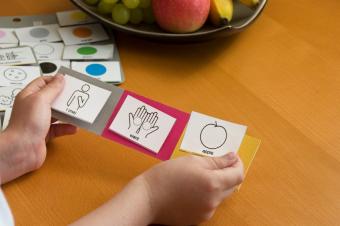Environment for autistic kids

Creating the best environment for autistic kids involves some thought and compassion. Planning and organization are important aspects of creating a setting that is conducive to interaction, independence, and learning. Often, natural surroundings are ideal. Three issues to consider are sensory problems, relationship development, and personal strengths.
Clearly defined spaces

Clutter is distracting for anyone. It is important to create clearly defined spaces that offer focus with minimal distractions. The child needs to know what to expect and what is expected.
Order and loose routine

Organization is helpful in creating an environment for autistic kids. An organized space appeals to a sense of order and craving for routine that many children on the spectrum often share without being too rigid.
Sensory integration

Sensory problems can be very distracting and uncomfortable. An environment for autistic children that encourages sensory integration is very rewarding for kids on the spectrum. Sand and water are very popular examples of sensory activities.
Don't overwhelm the senses

While engaging the senses is important, some sensory input can be distracting or uncomfortable. Heavily scented perfumes, fluorescent lighting, and distant sounds can be very disruptive.
Build on strengths

Visual prompts and schedules are very helpful, especially for kids who have auditory processing problems. Scheduling appeals to the desire for routine, but each schedule can be altered. For example, the child may be asked to choose between two activities or a "surprise" icon may be incorporated into the schedule.
Sign up for our newsletter featuring all the latest stories and products we love.
Joint attention

Joint attention involves getting two people to focus on the same task. An environment that encourages this type of focus is a great stepping-stone for building social interaction. Some Floortime activities often include exercises that promote joint attention.







